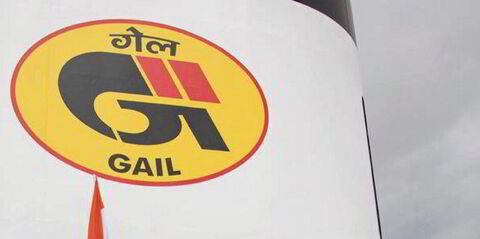War risk rates for ships sailing to Russia and areas affected by its invasion of Ukraine have jumped by more than 20% — and they could rise further in response to an exclusion clause introduced by the major reinsurers.
As TradeWinds reported earlier, an increase in rates was a likely outcome after leading reinsurers introduced a Russian conflict exclusion clause at their 1 January policy renewal with primary insurers.
Reinsurers, operating mostly in London and the Lloyd’s of London market, introduced the clause to protect their balance sheets after they were hit by a series of natural catastrophes and war-related losses.
The exclusion clause applies to all business sectors, including marine, and to all Russian ports and regions affected by the conflict, such as Ukraine and Belarus.
Insurers have been left with little choice but to pull out of the market, or underwrite the full war risk of vessels trading to Russia without the support of the reinsurance market.
The result has been limited capacity in the market and a spike in rates.
Shipping rates to Russia have started to increase, as war risk insurance costs are usually passed on from the owner to the charterer or shipper.
The trades now most exposed to the higher rates are grain exports from the southern Ukraine ports of Odesa, Chornomorsk and Yuzhny, and Russian Black Sea oil exports.
As war risk rates are usually a percentage of insured values, brokers believe higher rates will encourage the use of older, lower-value ships trading to Russia.
Brokers said the market is currently split between those mainstream war risk insurers that can afford to — or are willing to — take the risk on their own books and those that have adopted a wait-and-see attitude.
The general view is that Russian-related war risk rates are on an upward trend.
‘Early days’
“It’s still early days,” one broker involved in the trade said.
“We will have to see how the market settles over the next few weeks.”
The whole of Russia is included in the Joint War Committee’s high-risk areas, meaning ships trading to any part of the country are already likely to be paying a premium.
War risk rates for ships trading outside Russia and the conflict zone have not been affected.
War risk is an additional layer of insurance on top of protection and indemnity, hull and machinery and cargo, covering all claims and losses related to war, terrorism or other conflict.
War risk rates usually rise in response to an increase in risk.
Although the risk to ships suffering a loss due to war in Russia outside the conflict zone would appear to be limited, underwriters still have concerns.
The biggest worry is that vessels could be confiscated by the Russian government at any of its ports, in the same way it took control of Western-leased aircraft after the war broke out last year.
The confiscation of the aircraft is the subject of multi-billion-dollar litigation against insurers in the UK courts.
That is why ships operating in areas unconnected with the war in Ukraine, such as the Sakhalin 2 LNG project between Russia and Japan, recently had trouble renewing war risk insurance terms.





